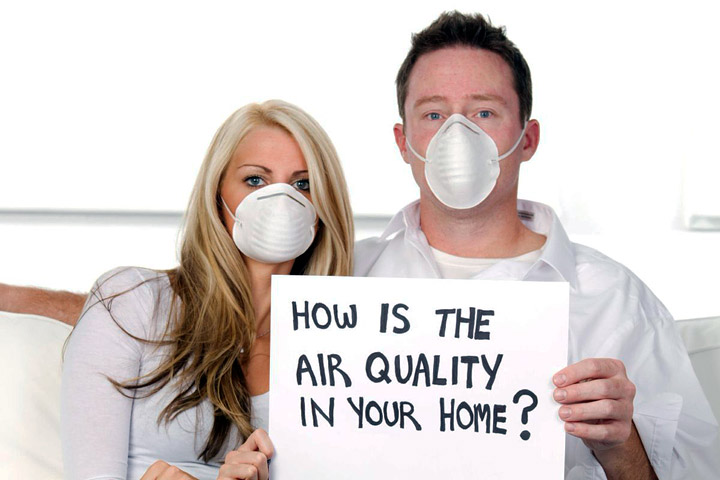
Whether you’re indoors or outdoors, the quality of the air you breathe can have a big impact on your health. Studies have tied poor outdoor air quality to lung cancer, strokes and heart disease. In fact, air pollution causes 3.3 million deaths worldwide each year, according to the Harvard School of Public Health.
However, the air inside your home is typically even more polluted than the air outside, the Environmental Protection Agency (EPA) says. And research shows we spend most of our time indoors, which is all the more reason to start cleaning our indoor air.
There is a myriad of reasons your indoor air can be polluted. Some sources, such as building materials, furnishings and electronics, can release pollutants more or less continuously, according to the EPA. Other sources, like smoking, cleaning or renovating, can release pollutants intermittently. Unvented or malfunctioning appliances can release potentially dangerous levels of pollutants indoors (which is why it’s so important to have a working carbon monoxide detector in your home).
And if you think spraying scented air freshener will clean your air, think again. That scent is a form of indoor air pollution, and most air fresheners just release more potentially harmful chemicals into your home. And the health issues caused by those chemicals cost about $340 billion a year in treatment and lost productivity expenses, according to a study published in The Lancet.
Read on for some tips on improving your indoor air quality without the use of chemicals.
1. Open your windows. It’s the simplest (and cheapest!) thing you can do to improve your indoor air quality. Open your windows for even just five minutes a day to alleviate the accumulation of harmful air pollutants in your indoor air.
2. Spruce up your décor with houseplants. Having indoor houseplants can help improve indoor air quality, according to a study published by the American Society for Horticultural Science. For example, spider plants are effective at reducing benzene, formaldehyde, carbon monoxide and xylene.
3. Opt for essential oil diffusers. Some essential oils, like tea tree oil, have antibacterial properties and can be added to homemade household cleaners or even applied topically to your skin to treat a small cut. But did you know these oils also can reduce airborne bacteria? Essential oils like eucalyptus, clove and rosemary have been proven to help reduce the number of dust mites in your house, too.
4. Opt for beeswax candles. Bear with me on this one, because it’ll get a little scientific. The reason particles float in the air around us is because they are positively charged ions. The air is cleaner in the woods, or near a waterfall, for example, because nature creates negative ions, which bind to the positive ions, causing them to be heavier and fall to the ground. Burning pure beeswax candles artificially creates this phenomenon indoors, cleaning the indoor air.
However, burning any kind of candle still sends soot up into your air. To avoid that completely, consider LED candles, which will pollute the air less and reduce the risk of a fire.
5. Take your shoes off. The dirt outside can carry some really yucky stuff: pesticides, pollen, fungi, bacteria or feces, for example. When you walk inside your house, any or all of that could be on the bottom of your shoes, so it’s best to take them off when you get inside. It’ll help keep your air cleaner — not to mention your floors.
6. Keep your pets groomed. Pet dander — your pets’ skin cells — is found nearly everywhere in a home with pets. Even more than pet fur, dander can cause you to develop asthma-like symptoms or exacerbate your asthma if it already exists. If you have a pet, be sure to keep dander to a minimum by cleaning them regularly, brushing them outdoors if you can and vacuuming floors and furnishings regularly with a HEPA filter.
7. Run the AC. If you have central air conditioning, you already have a whole-house air filtration system at your disposal. It works by pulling air out of your house, cooling it and pumping it back in. Most systems have a filter that you need to change regularly, and this filter can trap particles while it does its job. The more you change it, the better. Find out what kind of AC system you have and what its manufacturer recommendations are for changing your filters.
8. Clean with nontoxic chemicals. Many store-bought household cleaners contain toxic chemicals that can cause eye, nose, throat and lung irritation. If you’re going to use these, at least open windows while you do. But as a greener option, consider making your own household cleaners using ingredients such as vinegar, baking soda, citrus juice or essential oils.
9. Use an air purifier. Air purifiers can be an effective way to reduce harmful particles in the air. If your child has asthma, it may be worthwhile to have one in his room. Find out which one is right for you using the EPA’s guide.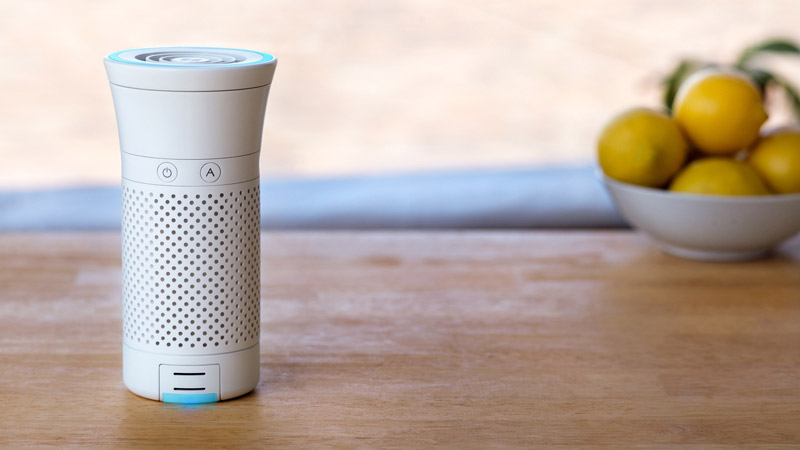
10. Get rid of mold. This fungus releases spores into the air that can trigger allergy symptoms. It likes to grow in dark, damp places, such as your bathroom, laundry room and basement.
11. Air out new furniture. Volatile organic compounds (VOCs) are chemicals that linger in the air, and they are everywhere in our homes. VOCs such as tolulene and benzene are found in things like glues, paints, fabrics, construction materials and more. When you buy a new sofa or armchair, know this: It will emit VOCs, more heavily at first and then taper off. To reduce the harm to your indoor air, air out as much as possible to allow VOCs to escape. If you can, keep it in your garage for a week, or at least keep the windows in that room open most of the day for the first few months.

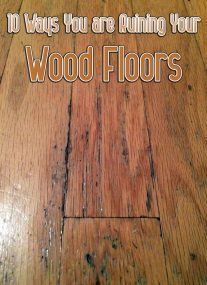
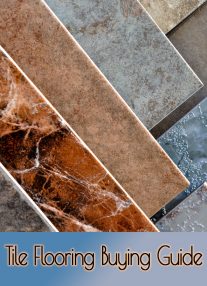
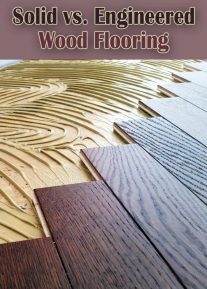
Leave a Reply